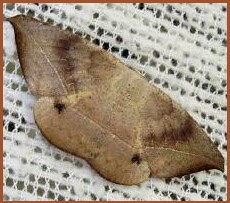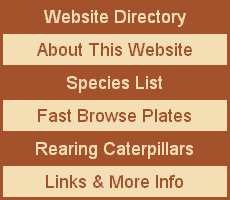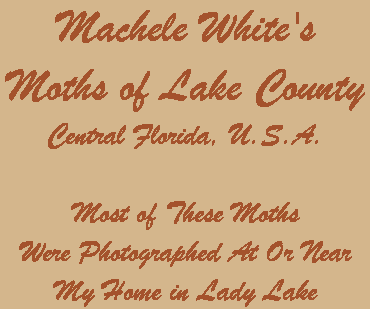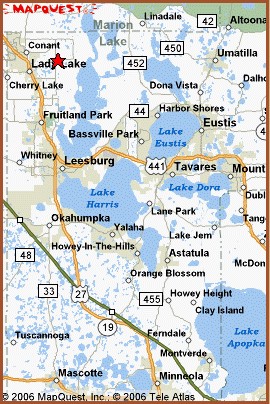About this website
This is one of two "model" websites being featured at Moth Photographers Group to assist other moth photographers in setting up their own sites. It is called a model website because it follows the MPG model of three kinds of web pages in a specific format: species list, fast browse plate (a single photo for each species listed), and individual species page (one to many photos per species including larvae and pupae when available). There is a standard link at the bottom of each species page permitting you to visit the comparable page at MPG (many of these do not yet work, but all of them should soon).
If you would like to have your own moth website (your Internet Service Provider probably makes free space available for you to do so) you can download to your computer a copy of each of the three page types, modify them as necessary for your personal use, and quickly be up and running.
When I started this website I knew absolutely nothing about making web pages. I still don't, really. But I know how to copy and paste blocks of text and how to type over a few words with new text. That's all one needs to know to copy a page and modify it for a new use. Bob Patterson at Moth Photographers Group will help you with changes to personalize your page headings and provide a basic understanding of what to change and what coding should be left alone.
I live in Lady Lake, with about a half an acre, and many neighbors. We have two small lakes in our little community, and larger lakes nearby. The area surrounding our community is made up mostly of five acre tracts, and small horse and cattle farms. My area has many Live Oaks, Laurel Oaks, Cabbage Palmetto, Pines, Magnolias, Dogwoods, and many others. I try to let as many native plants grow in my yard as I can, I have patches of Ragweed, Goldenrod, many different plants in the Aster family, Passionflower, Prairie Clover, Partridge-pea, Greenbrier, Virginia Creeper, wild grape, grasses, agave, and cactus. I built a small pond, where I have Water Lettuce, Water Hyacinth, Pickerelweed, and more. The yard is sand with very little nutritional content, except where the Oak leaves get to turn into compost.
When I started taking pictures of moths, I collected them from the lights around my home, I still do, but I also have bought a blacklight from BioQuip. My first digital camera that I used for some of these pictures, was a Sony Cyber-shot, with no macro. I then puchased an Olympus Camedia, with macro. I am now using a Sony Cyber-shot DSC-H2.
Most identifications have been made with the help of many individuals, a special thanks to Bob Patterson, he is the one who started me on this endeaver, and the one I send all the moths I cannot identify. Mr. Patterson sends some moths to others for identification, I would like to thank them also, James Adams, Bob Belmont, Richard L. Brown, Rick Gillmore, Chuck Harp, SangMi Lee, Debbie Matthews, Hugh McGuinness, Eric Metzler, Mike Sabourin, Brian Scholtens, and Jim Vargo.
|







